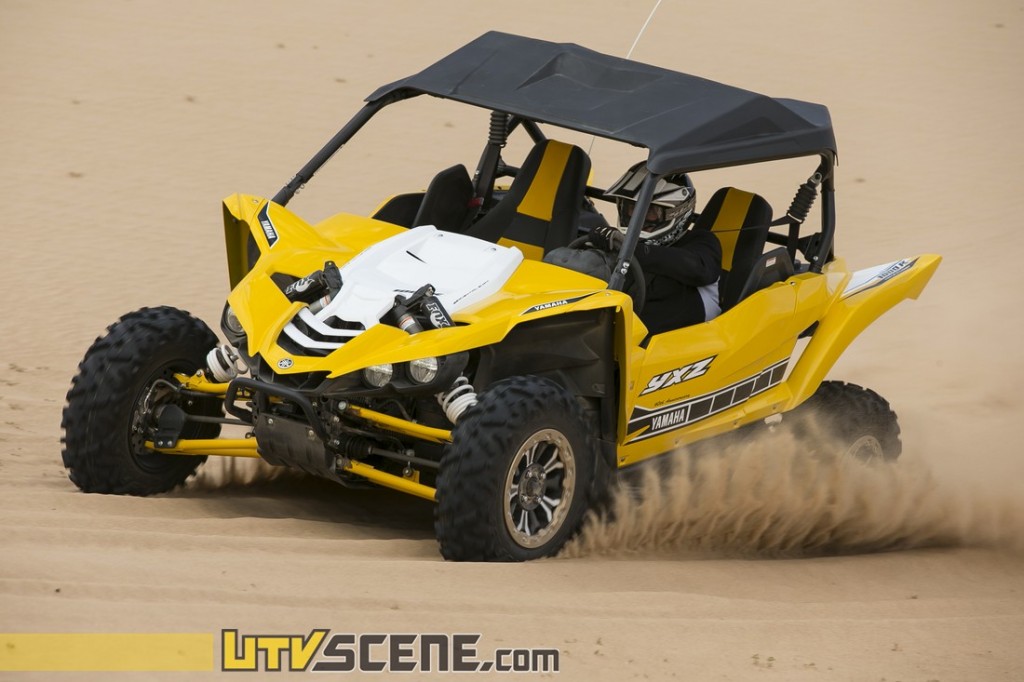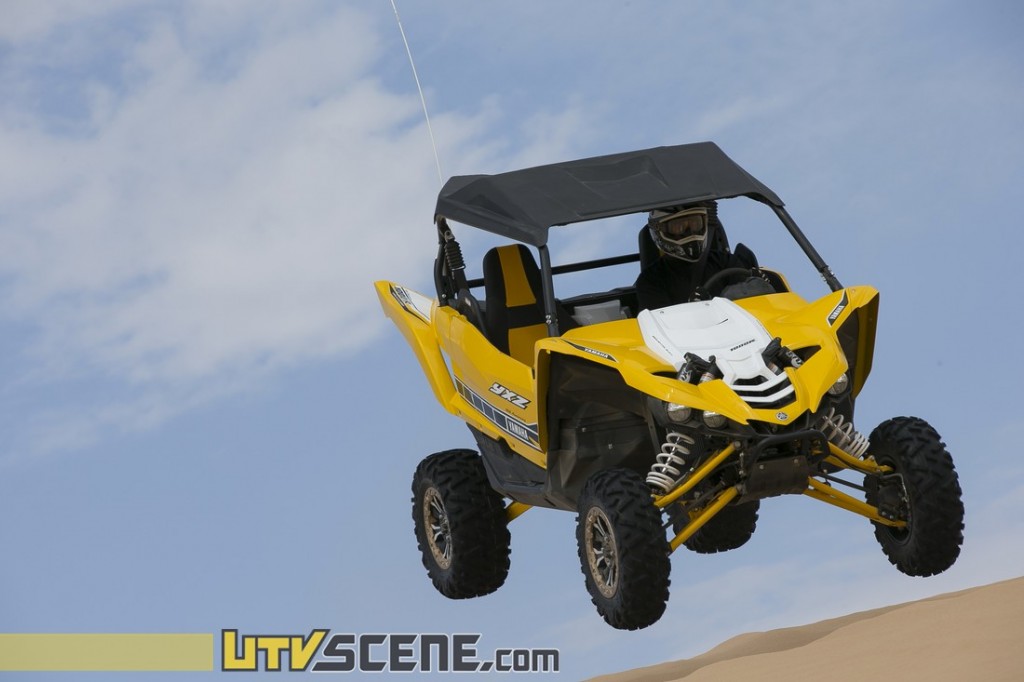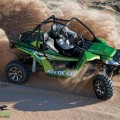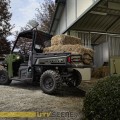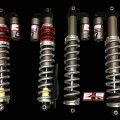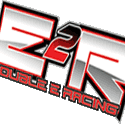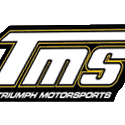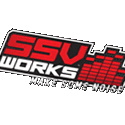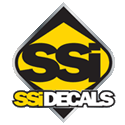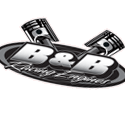Yamaha YXZ1000R Ride Review
- Updated: October 15, 2015
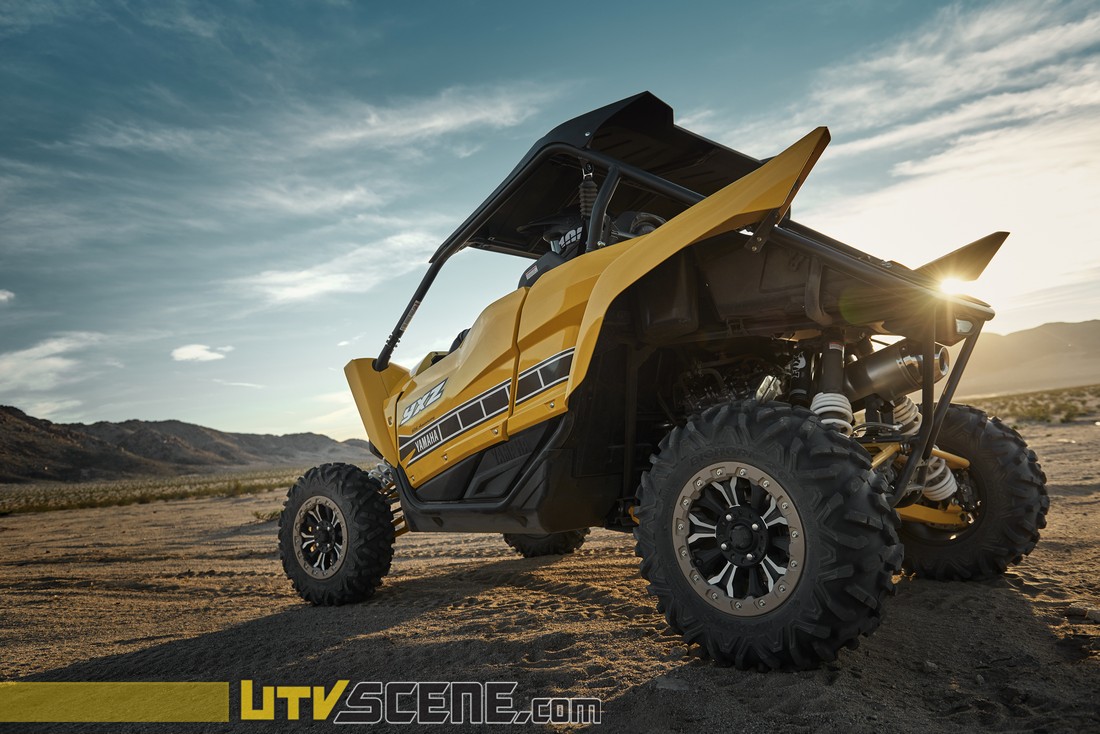 photos by Adam Campbell
photos by Adam Campbell
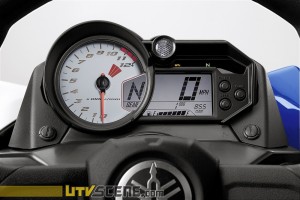 Okay, finally the time had come to click this baby into gear and see if all the hype coming from Yamaha was exaggerating or real. It took a double stab of the clutch to find first gear from neutral, while doing this I smiled at the size of the gear indicator on the classy digital-analog display. There’s no misreading it and it only takes a glance to know what gear you’re in. The display also features a sporty analog tach that you’ll for sure want to bury the needle in (more on that later for sure). Get this, there’s a really nifty and certainly not expected programmable shift light that throws a bright beam of white light at you, enough that you can actually see it even though you’re certainly not looking for it if you’re driving aggressively. The speedometer is digital and also big enough to see at a quick glance. Later in the day I would glance down and see the big number 76, which is a pretty impressive number since I had to back out of it, the YXZ wanted to go faster, plus the power-sapping sand was extra thick on our ride day. You can also see the 4WD mode display, trip meters, temp warning, parking brake light and the fuel gauge is big enough to actually see at speed, this will especially be appreciated for endurance racers that need to know whether they need to pit for gas or not.
Okay, finally the time had come to click this baby into gear and see if all the hype coming from Yamaha was exaggerating or real. It took a double stab of the clutch to find first gear from neutral, while doing this I smiled at the size of the gear indicator on the classy digital-analog display. There’s no misreading it and it only takes a glance to know what gear you’re in. The display also features a sporty analog tach that you’ll for sure want to bury the needle in (more on that later for sure). Get this, there’s a really nifty and certainly not expected programmable shift light that throws a bright beam of white light at you, enough that you can actually see it even though you’re certainly not looking for it if you’re driving aggressively. The speedometer is digital and also big enough to see at a quick glance. Later in the day I would glance down and see the big number 76, which is a pretty impressive number since I had to back out of it, the YXZ wanted to go faster, plus the power-sapping sand was extra thick on our ride day. You can also see the 4WD mode display, trip meters, temp warning, parking brake light and the fuel gauge is big enough to actually see at speed, this will especially be appreciated for endurance racers that need to know whether they need to pit for gas or not.
As I rolled out I noticed a flat spot really low on the rpm level, just out of idle, this slight lack of power fooled me a little. The YXZ didn’t have the push-you-back-in-your-seat-power like I remembered it had when I was in the passenger seat at the introduction of the machine a month earlier. To my surprise I found the YXZ to actually be well behaved down low, but boy does it come to life when you hammer on it. The YXZ’s powerband is like a polite pit bull that minds his manners in the house at night, but enjoys fetching bowling balls out in the back yard during the day. That’s a good boy!
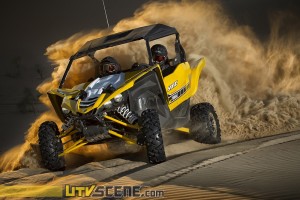 I was following UTV Guide.net’s Jon Crowley, who followed Yamaha’s Product Planning manager Travis Hollins, who helped to make this dream machine a reality by the way, as were four other media professionals behind me, all of us slowly getting used to the YXZ. One by one we started to understand what leader Travis, a former national three and four-wheeled ATV racer, was showing us – the YXZ was unlike anything we’ve ever driven, and almost begged us to quit lollygagging around and start mashing on the gas pedal. The more I understood the capabilities of the Banshee-like YXZ the more I fell in love with it. With an 11.3:1 compression ratio and 10,500 RPM redline, Yamaha’s “Pure Sport” branding truly is spot on. This triple cylinder engine dishes up an aggressive amount of tire-ripping horsepower, you just need to rev it out in order to get at it. When you’re picking gears off in the meat of the powerband, which is up high about 9k RPM, I felt it was a lot faster than a non-turbo XP 1000, and not too far off the pace of a Maverick or XP Turbo!
I was following UTV Guide.net’s Jon Crowley, who followed Yamaha’s Product Planning manager Travis Hollins, who helped to make this dream machine a reality by the way, as were four other media professionals behind me, all of us slowly getting used to the YXZ. One by one we started to understand what leader Travis, a former national three and four-wheeled ATV racer, was showing us – the YXZ was unlike anything we’ve ever driven, and almost begged us to quit lollygagging around and start mashing on the gas pedal. The more I understood the capabilities of the Banshee-like YXZ the more I fell in love with it. With an 11.3:1 compression ratio and 10,500 RPM redline, Yamaha’s “Pure Sport” branding truly is spot on. This triple cylinder engine dishes up an aggressive amount of tire-ripping horsepower, you just need to rev it out in order to get at it. When you’re picking gears off in the meat of the powerband, which is up high about 9k RPM, I felt it was a lot faster than a non-turbo XP 1000, and not too far off the pace of a Maverick or XP Turbo!
Braking is superb as you would expect. The YXZ features four-wheel hydraulic disc brakes with twin piston calipers at all corners, and quite large 245mm rotors are used for enhanced cooling and reduced brake noise.
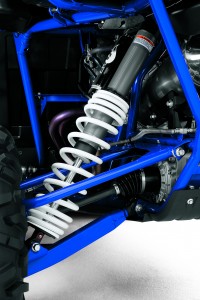 The power that the YXZ churns out is stunning, but combining it with suspension and handling that’s so meticulously tuned that I felt confident enough to actually put the power to use is what amazed me most about this incredible off-road machine. The massive fully adjustable top-shelf FOX 2.5 Podium long-travel shocks, so thick and tall they rip through the hood, offer such an incredibly plush ride that I found myself aiming at, and up-shifting, whenever a set of whoops were present. The big 26-inch shocks up front offer 16-inches of travel, while enormous 32-inch shocks in the rear provide 17-inches of travel, but more impressive is how that travel is used. The rear wheels travel up and down in a wide arc shape, yet Yamaha doesn’t use a typical trailing arm linkage, instead a cross between a tailing arm and A-arm design is used. Spherical bearings ensure accurate tire alignment and the rear shocks are mounted as far out as possible, providing the longest and optimum stroke possible. This masterminded rear suspension system allows the benefit of a trailing arm design but keeps the wheels at a true 90-degrees throughout the entire stroke, and the spherical bearings don’t even require grease or bushings.
The power that the YXZ churns out is stunning, but combining it with suspension and handling that’s so meticulously tuned that I felt confident enough to actually put the power to use is what amazed me most about this incredible off-road machine. The massive fully adjustable top-shelf FOX 2.5 Podium long-travel shocks, so thick and tall they rip through the hood, offer such an incredibly plush ride that I found myself aiming at, and up-shifting, whenever a set of whoops were present. The big 26-inch shocks up front offer 16-inches of travel, while enormous 32-inch shocks in the rear provide 17-inches of travel, but more impressive is how that travel is used. The rear wheels travel up and down in a wide arc shape, yet Yamaha doesn’t use a typical trailing arm linkage, instead a cross between a tailing arm and A-arm design is used. Spherical bearings ensure accurate tire alignment and the rear shocks are mounted as far out as possible, providing the longest and optimum stroke possible. This masterminded rear suspension system allows the benefit of a trailing arm design but keeps the wheels at a true 90-degrees throughout the entire stroke, and the spherical bearings don’t even require grease or bushings.
The front A-arms are also well crafted and just as rugged. I was told Yamaha carefully engineered proper castor, bump steer and Ackerman throughout the travel and steering angle. The front suspension components are more on the traditional side of things compared to Yamaha’s tricked-out rear end, but the traditional double A-arm design is very well done, no doubt. The arms are heavy duty and allow excellent cornering without giving up their ability to make massive bumps and ruts seem small.
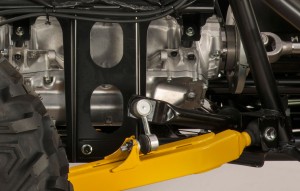 Take a close look at the picture to the left and notice the reinforced gussets and clean welds that went into this state-of-the-art suspension design. It’s obvious that Yamaha took their time to engineer quality components. You will want to protect the paint on your rear arms however. I noticed the paint on just about all of the units were sand blasted off in this area. You might want to stick clear protective plastic tape on them or maybe spray a few coats of Rust-Oleum’s Rock Guard clear protective paint on them to keep yours looking new. Also, anti sway bars are used front and rear to keep the machine firm and planted to the ground. I found steering to be light and effortless and the vehicle tracked straight and true even in high speed whoop sections where I actually shifted up to wide open speeds. At first I thought the shocks were a bit stiff but as I got used to how this machine wanted to be driven I understood why they felt a bit stiff earlier when I was a little light in the right foot.
Take a close look at the picture to the left and notice the reinforced gussets and clean welds that went into this state-of-the-art suspension design. It’s obvious that Yamaha took their time to engineer quality components. You will want to protect the paint on your rear arms however. I noticed the paint on just about all of the units were sand blasted off in this area. You might want to stick clear protective plastic tape on them or maybe spray a few coats of Rust-Oleum’s Rock Guard clear protective paint on them to keep yours looking new. Also, anti sway bars are used front and rear to keep the machine firm and planted to the ground. I found steering to be light and effortless and the vehicle tracked straight and true even in high speed whoop sections where I actually shifted up to wide open speeds. At first I thought the shocks were a bit stiff but as I got used to how this machine wanted to be driven I understood why they felt a bit stiff earlier when I was a little light in the right foot.
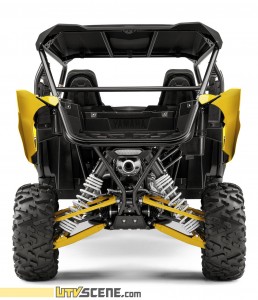 Thanks to all the above, along with the shrewdly placed engine, transmission and lowered seats, there is absolutely NO body roll! The sure-footed-always-planted-to-the-ground feel is unparalleled and allows a real sense of confidence to drive the machine aggressively. The YXZ is 64 inches wide, the same width as the RZR XP 1000. It’s three inches longer than an XP, one inch shorter in height and with its beefier components it’s 172 pounds heavier. The ride gives an unparalleled confidence inspiring feel that is unlike any off road vehicle I’ve driven. It made me feel as if I had somehow time-warped into the future, maybe I had because I can still vividly remember the first time I rode the very same dunes as a kid on an ATC 200X back in 1985, boy have we come a long way in the last 30 years!
Thanks to all the above, along with the shrewdly placed engine, transmission and lowered seats, there is absolutely NO body roll! The sure-footed-always-planted-to-the-ground feel is unparalleled and allows a real sense of confidence to drive the machine aggressively. The YXZ is 64 inches wide, the same width as the RZR XP 1000. It’s three inches longer than an XP, one inch shorter in height and with its beefier components it’s 172 pounds heavier. The ride gives an unparalleled confidence inspiring feel that is unlike any off road vehicle I’ve driven. It made me feel as if I had somehow time-warped into the future, maybe I had because I can still vividly remember the first time I rode the very same dunes as a kid on an ATC 200X back in 1985, boy have we come a long way in the last 30 years!
My friend and cohort, Nick Nelson of ATV World Magazine, and I found a jump to test how balanced the YXZ acted in mid-air and how well it soaked up the landing. The jump wasn’t a massive launch but was big enough to get a feel for areal behavior nonetheless. I’m happy to report that landings were soaked up similar to how a trophy truck lands, plush and effortless! The Yamaha-specked FOX shocks soak up landings just as well as they swallow-up bumps and whoops. The YXZ however seemed a little nose-heavy like most UTV tend to be, but the take-off angle of the jump we found may have kicked the rear end as we were leaving the take-off, and since it was the only significant jump I hit I really don’t have a spot on review of how balanced the YXZ is when jumping, but again, I sure can speak well of the landings, even hard front-first-landings were soaked up with ease.
